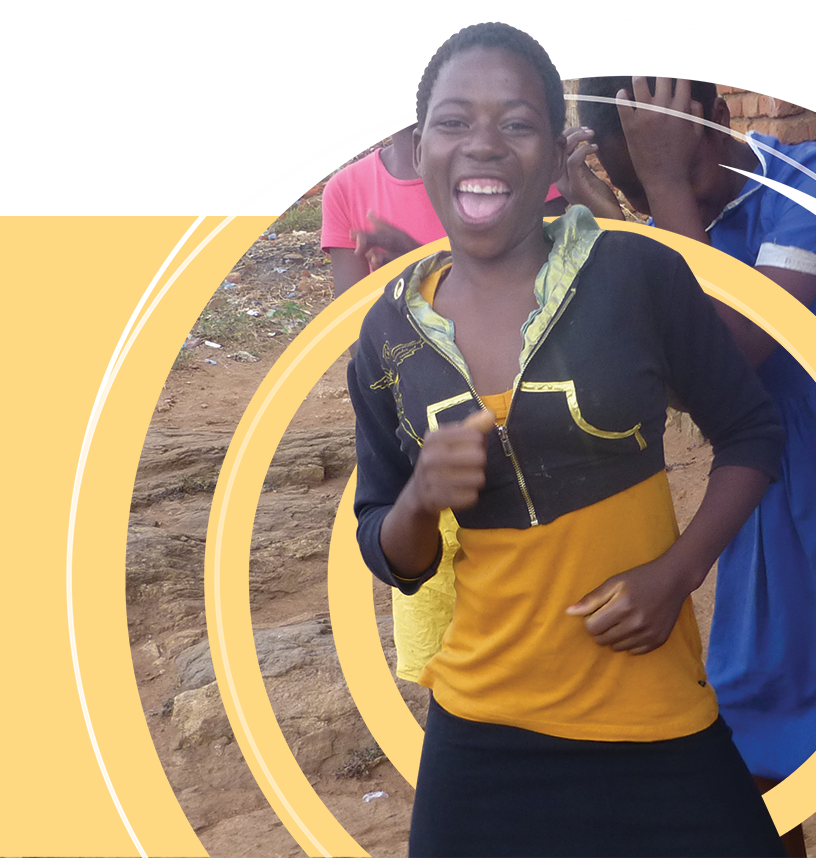

Interventions are presented in section 3 by areas of adolescent health and development with the greatest disease burdens and risk factors. The interventions are selected primarily from the most recent relevant guidelines from all WHO departments. Interventions were also drawn from recommendations of other UN agencies with the relevant mandate (for example, from UNAIDS on HIV prevention interventions) and, as needed, from other major international agency publications and/or review articles in established academic journals.
The COVID-19 pandemic has shown a light on several important domains of adolescent health and well-being, including adolescent mental health, connections and supportive family and peer environments and the need for access to reproductive health and other services. Section 3.6 discusses responses to COVID-19 in adolescents.


















